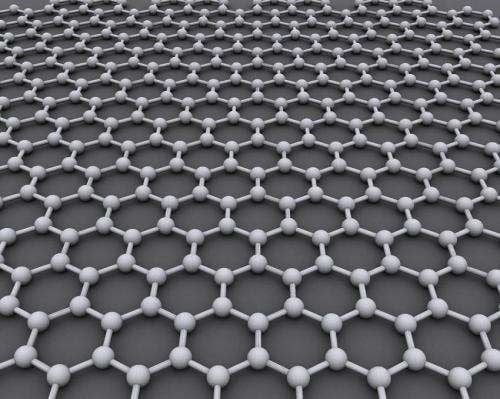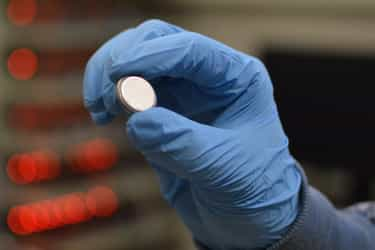
Aug 11, 2025
Blog advanced materials Why Graphene Is the Fastest-Growing Material Market of the Decade
Introduction
Imagine a material so thin it’s invisible to the eye, yet 200 times stronger than steel. A material so conductive it could make our electronics faster, smarter, and flexible enough to roll up like paper. This isn’t science fiction, it’s graphene.
Graphene, a single layer of carbon atoms arranged in a two-dimensional honeycomb lattice, is redefining the future of materials science. With exceptional electrical and thermal conductivity, impressive mechanical strength, and unmatched flexibility, graphene has emerged as a transformative solution across industries. From electronics and energy to composites and healthcare, its diverse applications are driving one of the fastest-growing markets in the advanced materials sector.
The global graphene market is on a steep growth trajectory. In 2025, it is projected to be valued at $694.4 million, and by the end of 2030, it is expected to reach $2.3 billion, registering a robust CAGR of 27.5% from 2025 through 2030. This surge reflects the maturation of graphene production techniques and the widening scope of end-use industries integrating graphene into their product portfolios.
Several factors are fueling this rapid expansion:
Initial barriers such as low yields and high costs are being addressed by advanced production methods, including:
These methods have improved consistency, reduced costs, and made graphene commercially viable.
Modern electronics demand materials that are thin, flexible, and conductive. Graphene’s exceptional electron mobility (up to 200,000 cm²/V·s) makes it an ideal candidate for:
As electronics evolve toward faster and more efficient performance, graphene is enabling new product innovations
Graphene’s high surface area and conductivity are revolutionizing energy storage:
These improvements support electric vehicles, grid storage, and clean energy applications.
By dispersing graphene into polymers, metals, or ceramics, manufacturers achieve:
The global market for graphene is estimated to grow from $694.4 million in 2025 to reach $2.3 billion by the end of 2030, at a compound annual growth rate (CAGR) of 27.5% from 2025 through 2030.
Despite strong momentum, the graphene industry faces key challenges:
However, these challenges allow innovators to develop process-refinement technologies, alternative production routes, and end-of-life recycling solutions that enhance graphene’s sustainability profile.
Looking forward, the next five years will likely bring transformative developments, including:
The graphene market’s forecasted leap from $694.4 million in 2025 to $2.3 billion by 2030, at a striking CAGR of 27.5%, underscores the material’s transformative potential and the industry’s collective momentum. As production technologies mature and application horizons expand, graphene is poised to transition from laboratory curiosity to industrial cornerstone, reshaping sectors from electronics to energy, composites to healthcare.
For companies and researchers alike, the coming years offer a rich vein of opportunity to harness the world’s thinnest wonder material in innovative, market-defining ways.

Amrita Kumari is a Senior Executive Email Marketer at BCC Research, with a bachelor’s degree in computer applications. She specializes in content creation and email marketing.

Imagine a material that bends, stretches, twists, and still conducts electricity...

As the world accelerates toward a cleaner, electrified future, battery performan...

Ceramics have been part of human civilization for centuries, from hand-molded po...

We are your trusted research partner, providing actionable insights and custom consulting across life sciences, advanced materials, and technology. Allow BCC Research to nurture your smartest business decisions today, tomorrow, and beyond.
Contact UsBCC Research provides objective, unbiased measurement and assessment of market opportunities with detailed market research reports. Our experienced industry analysts assess growth opportunities, market sizing, technologies, applications, supply chains and companies with the singular goal of helping you make informed business decisions, free of noise and hype.